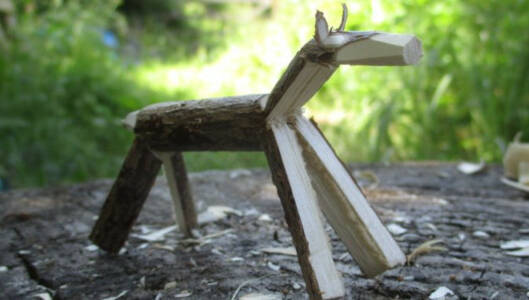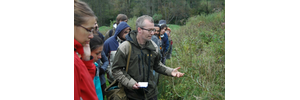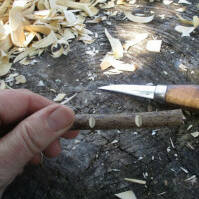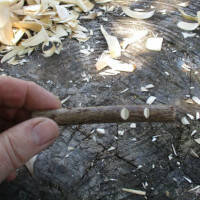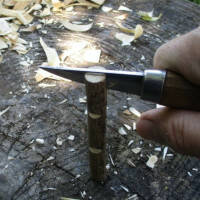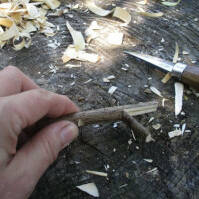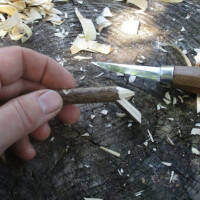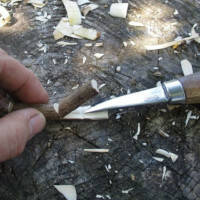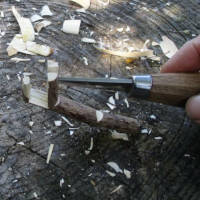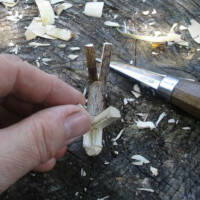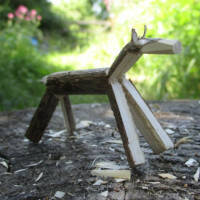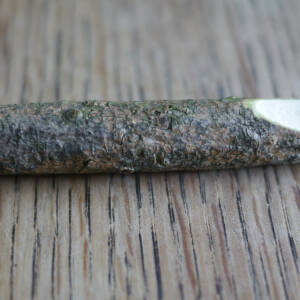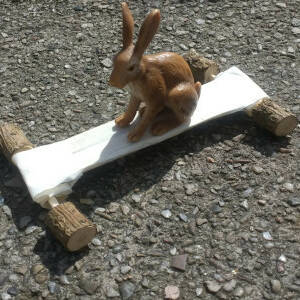Forest Craft - Richard Irvine
£17.99 exVATIn today’s hectic world, many of us are looking for ways to slow down, take time out, and calm our busy minds. The benefits of doing this are well documented for overworked adults. However, there’s an increasing focus on how much children can gain from regular, quiet, meditative practice. An absorbing pastime like whittling in a peaceful woodland setting offers exactly that.
With an emphasis on safety and adult supervision, this book presents a range of simple and fun projects that children can make and enjoy hours of play with afterwards – projects such as a kazoo, mini furniture, duck call, whimmy diddle, rhythm sticks and elder wand.
Buy now
